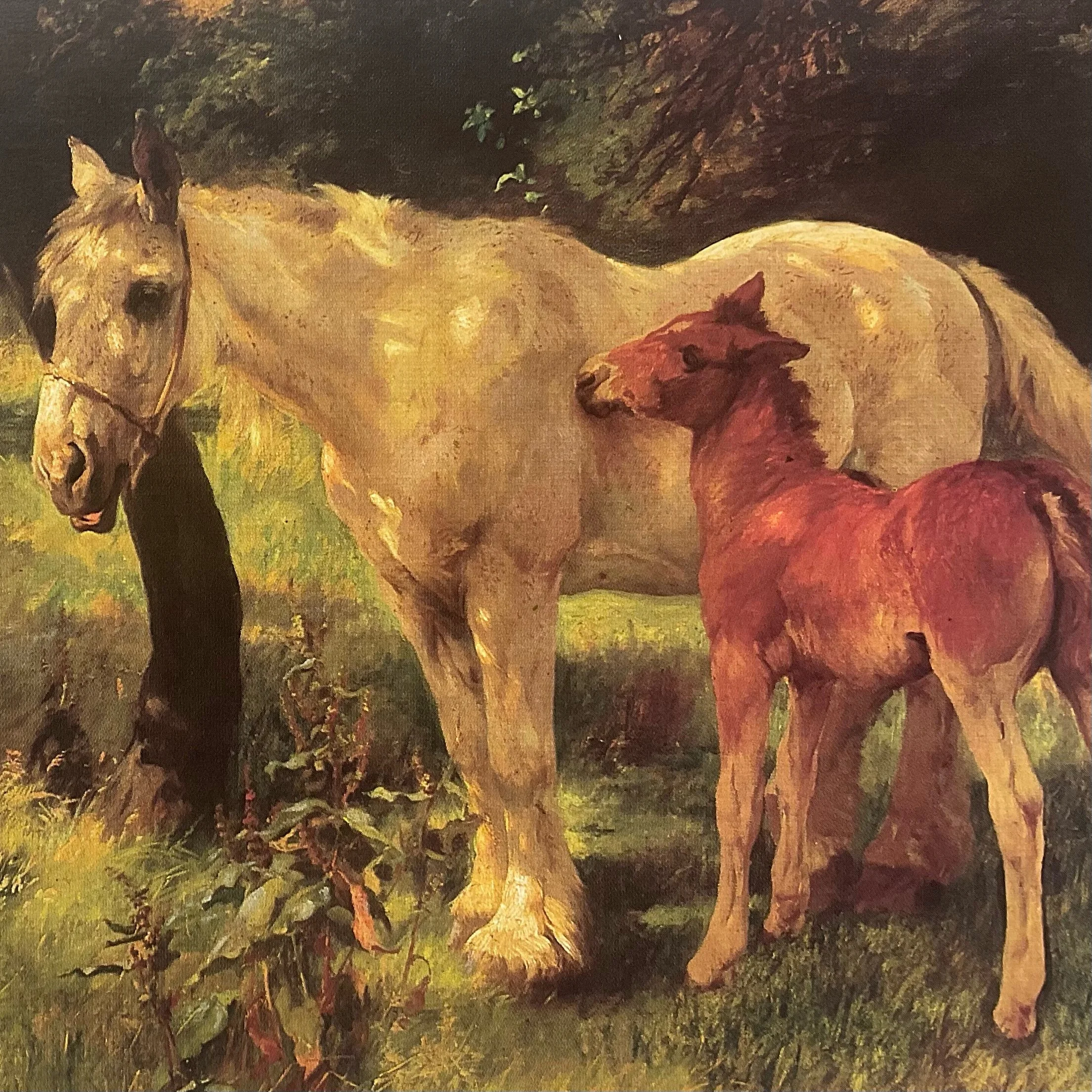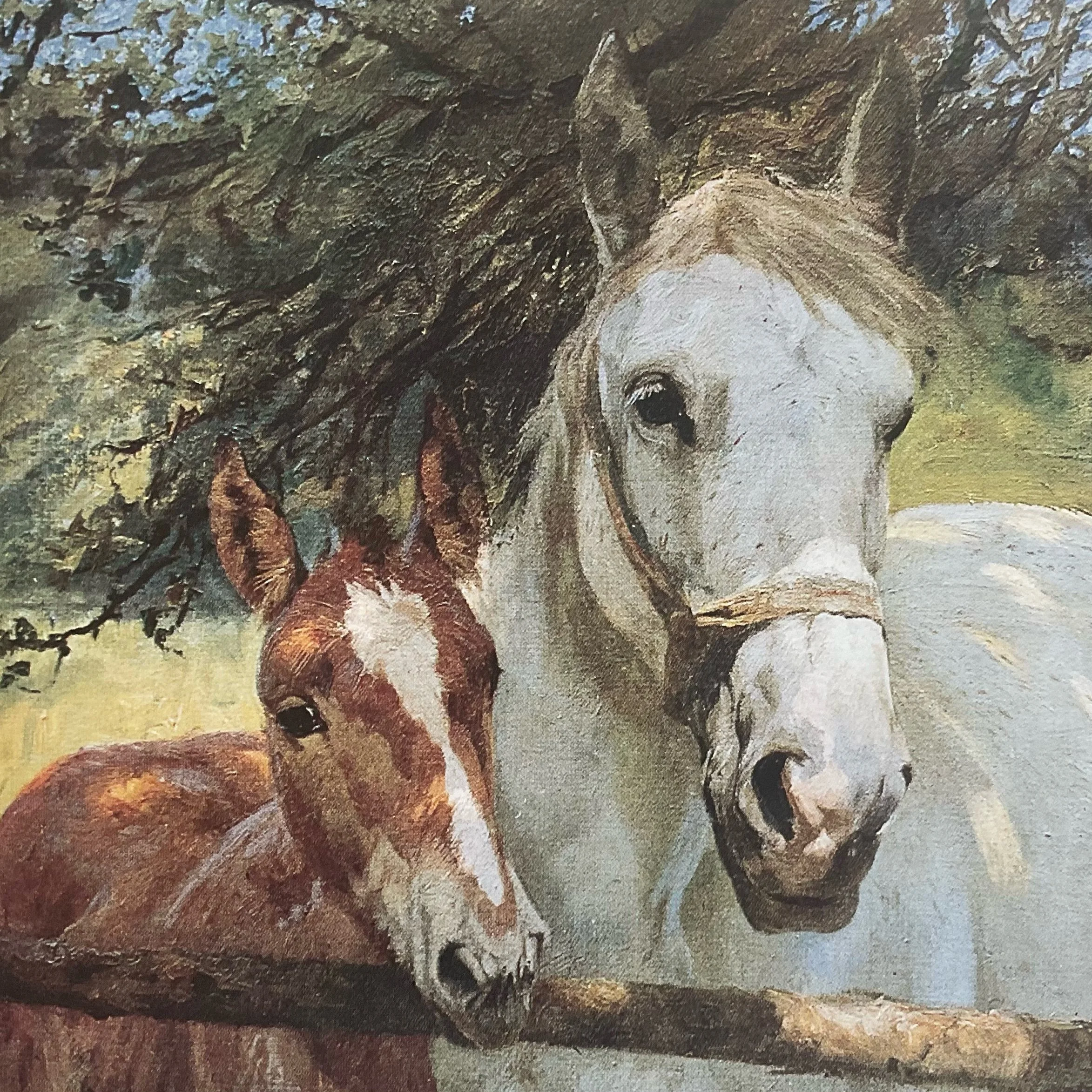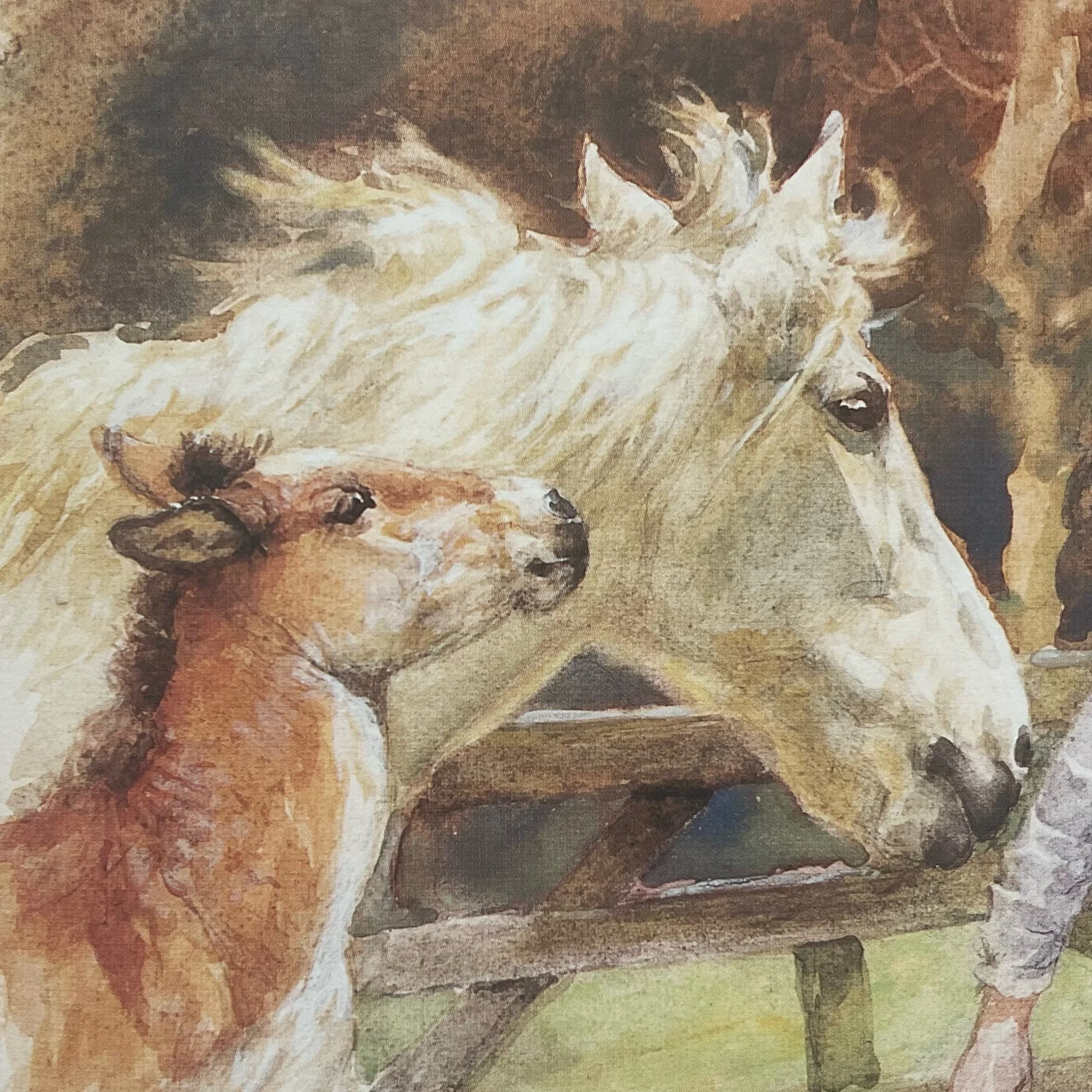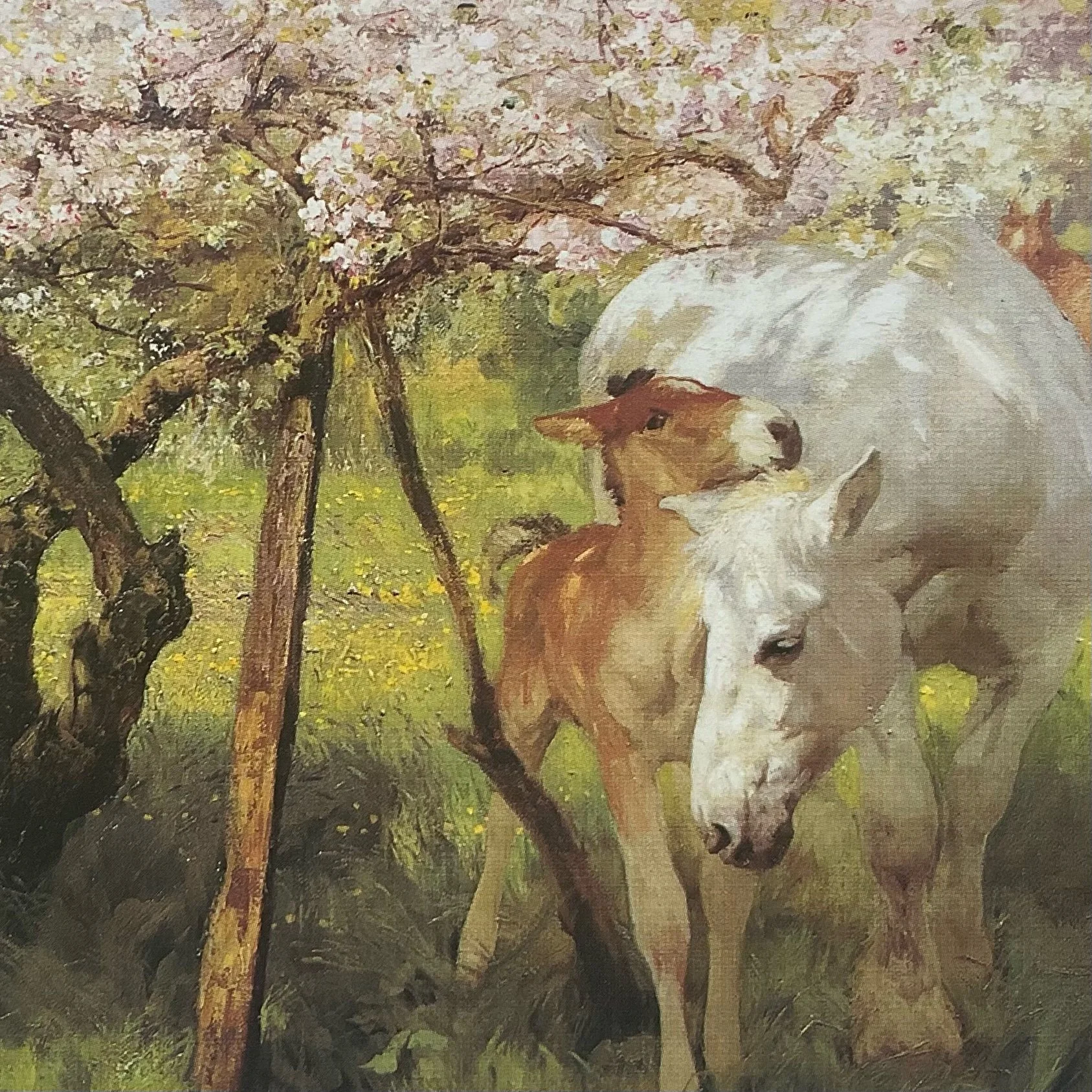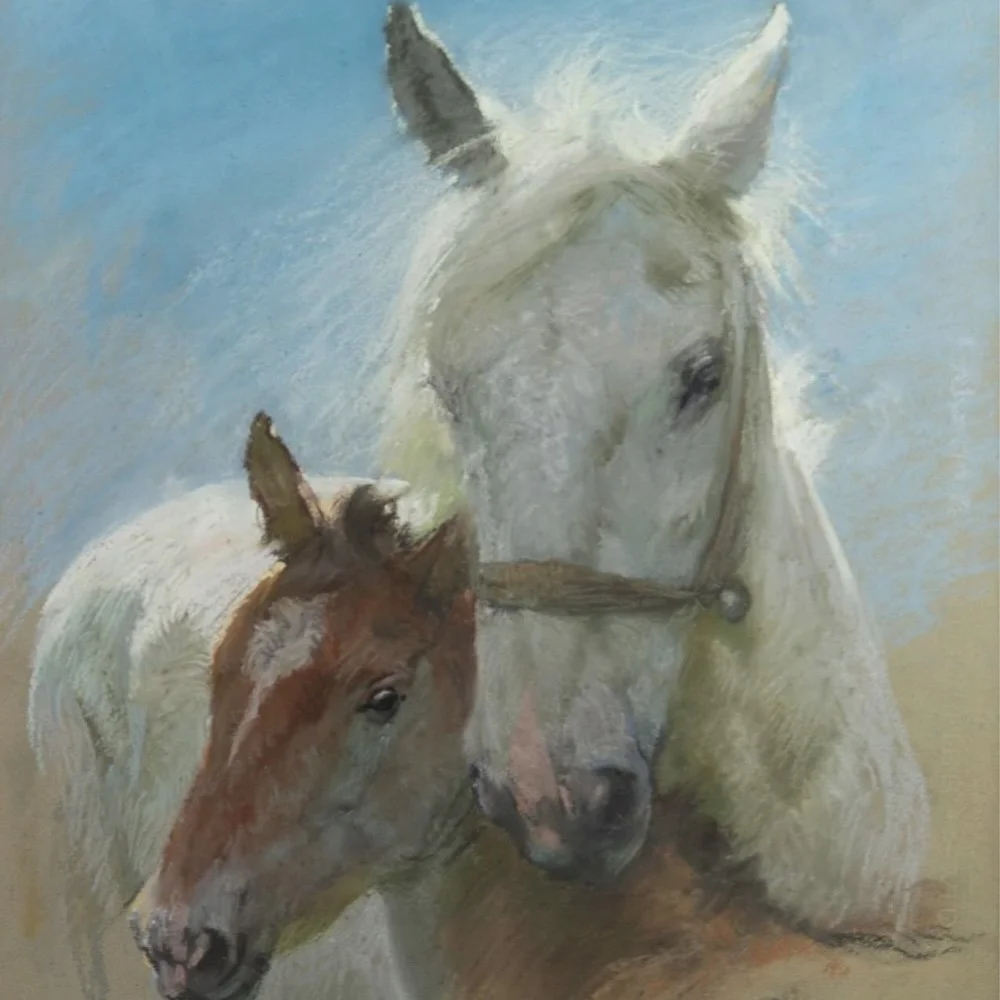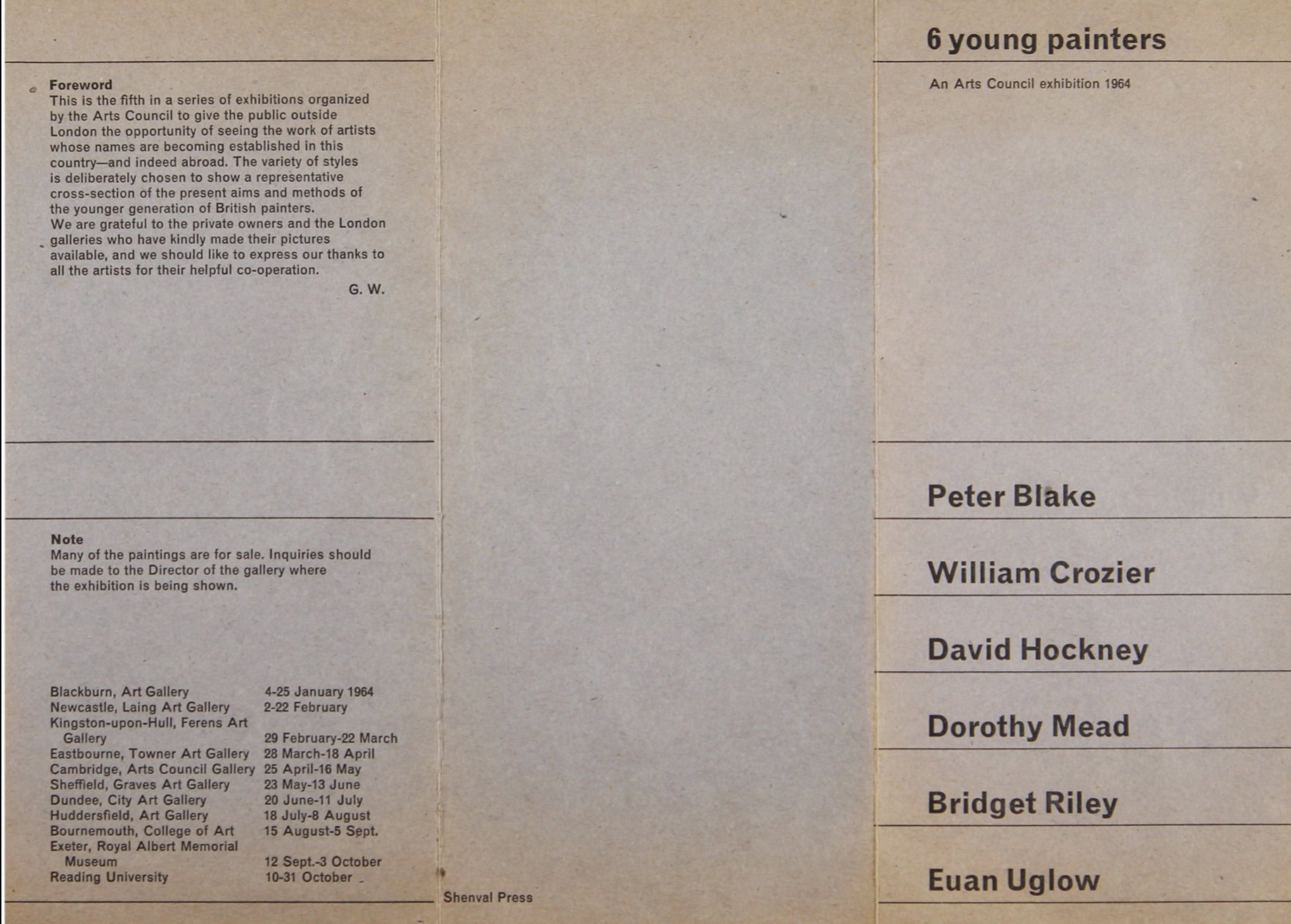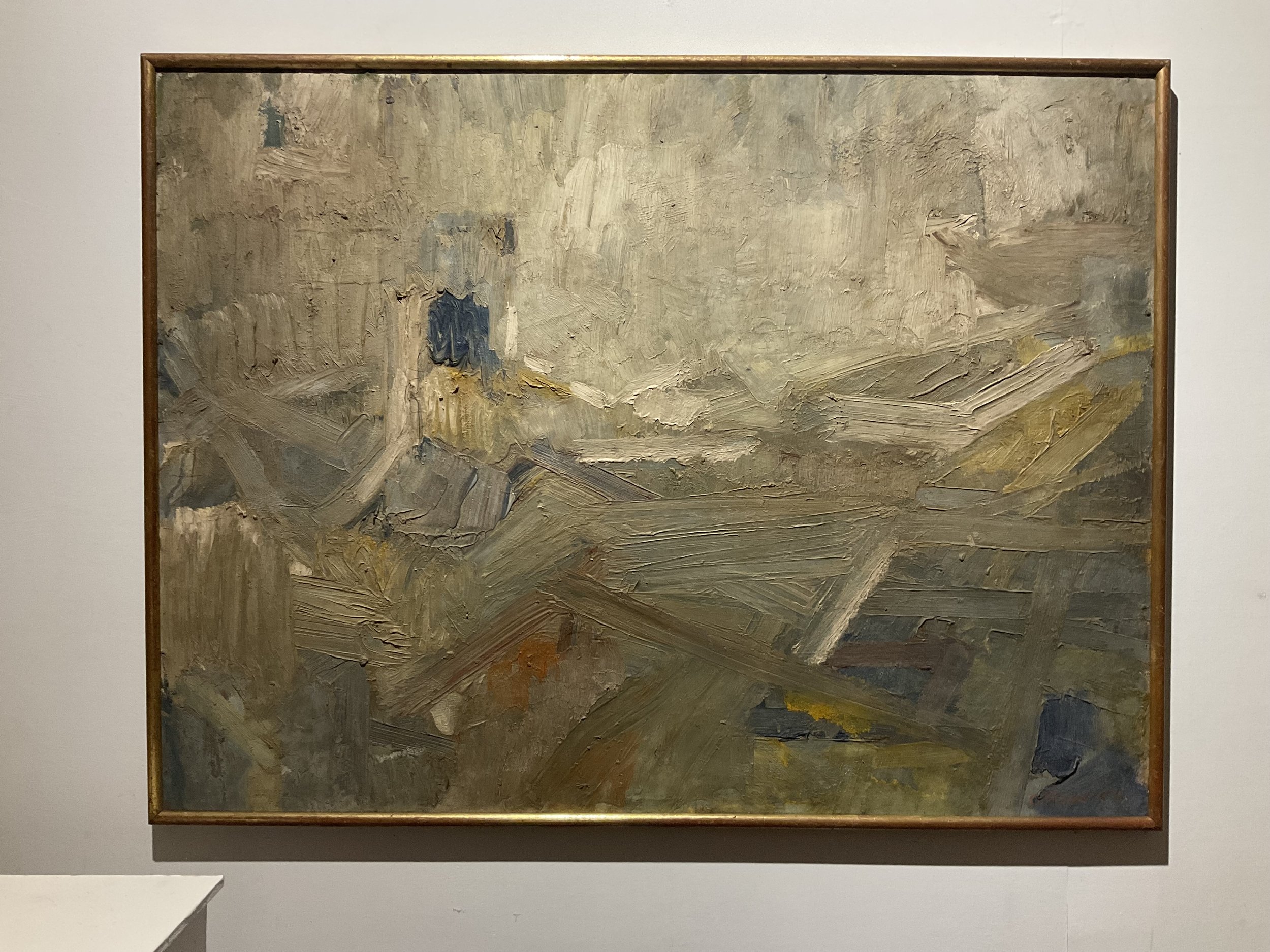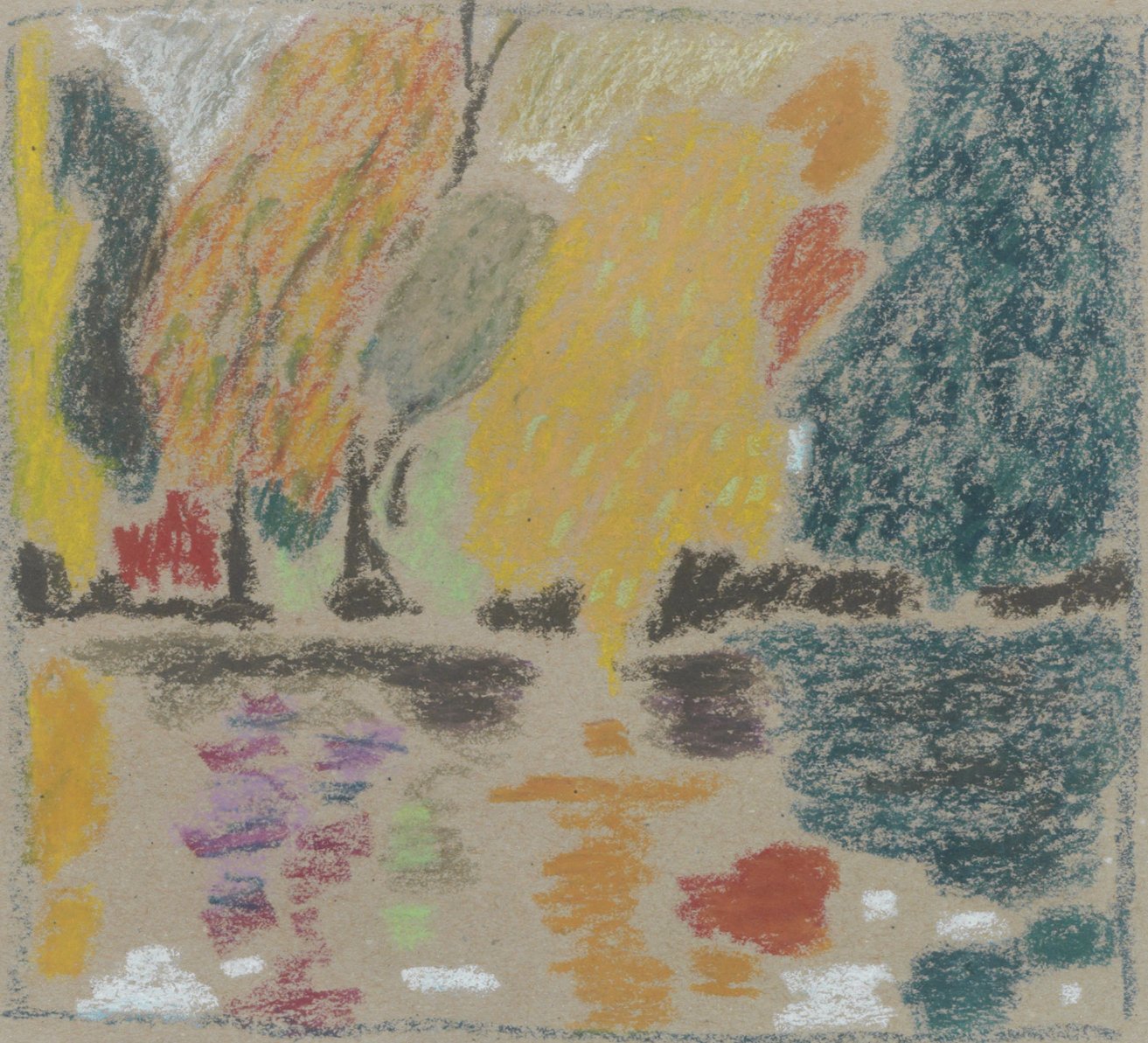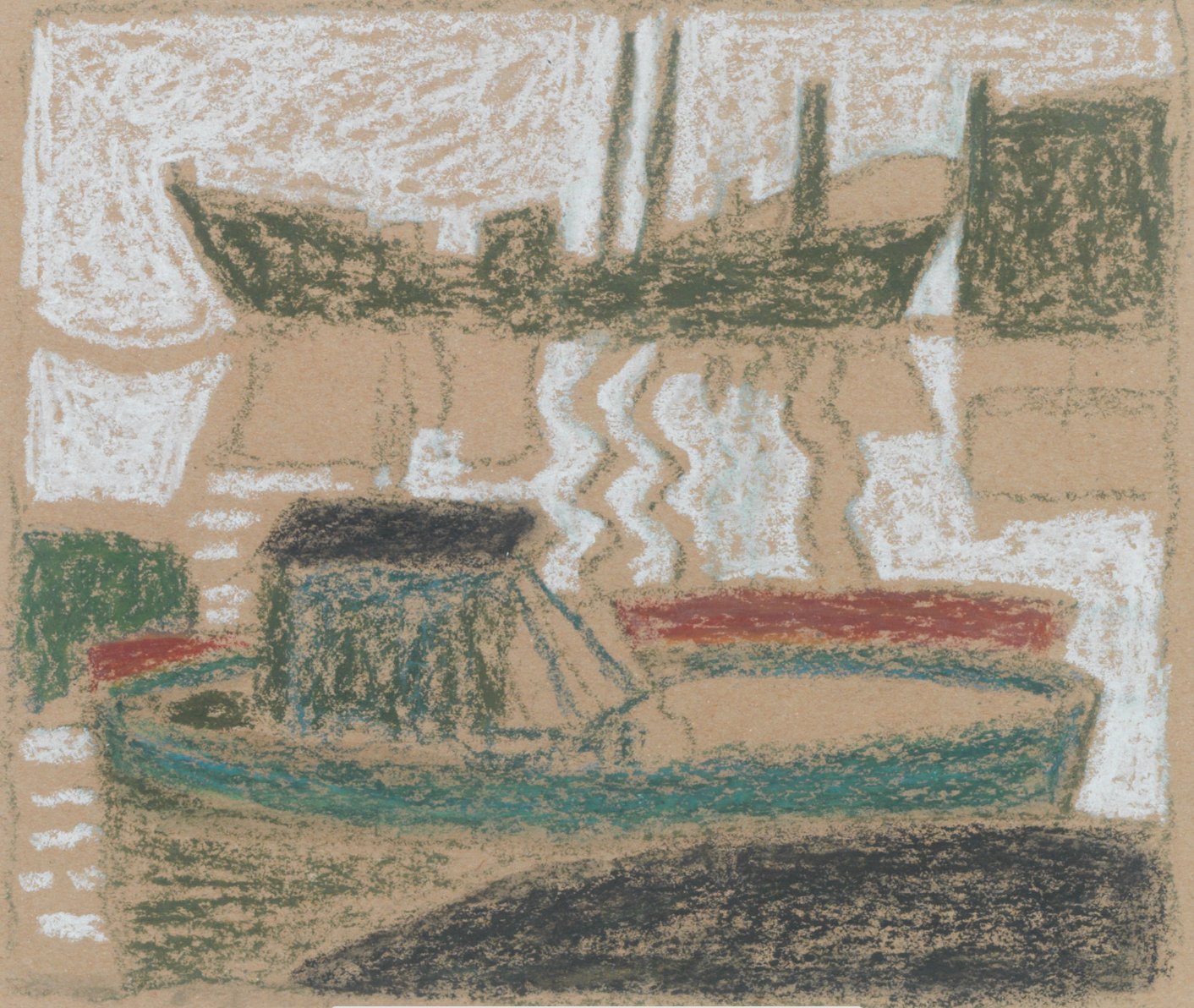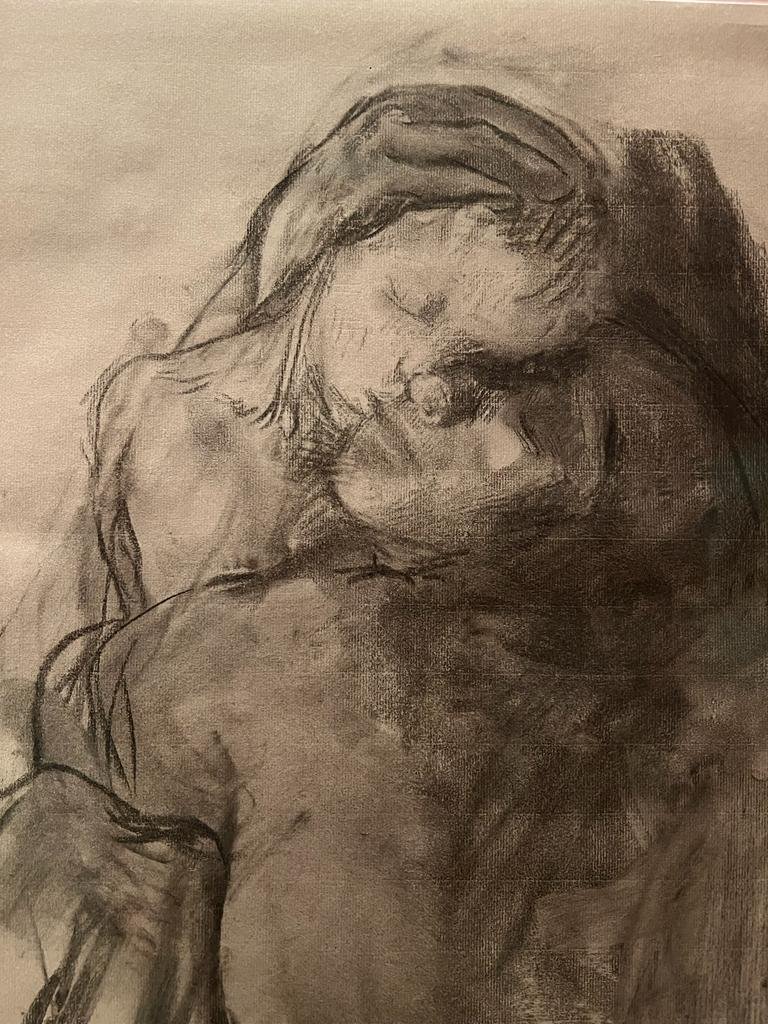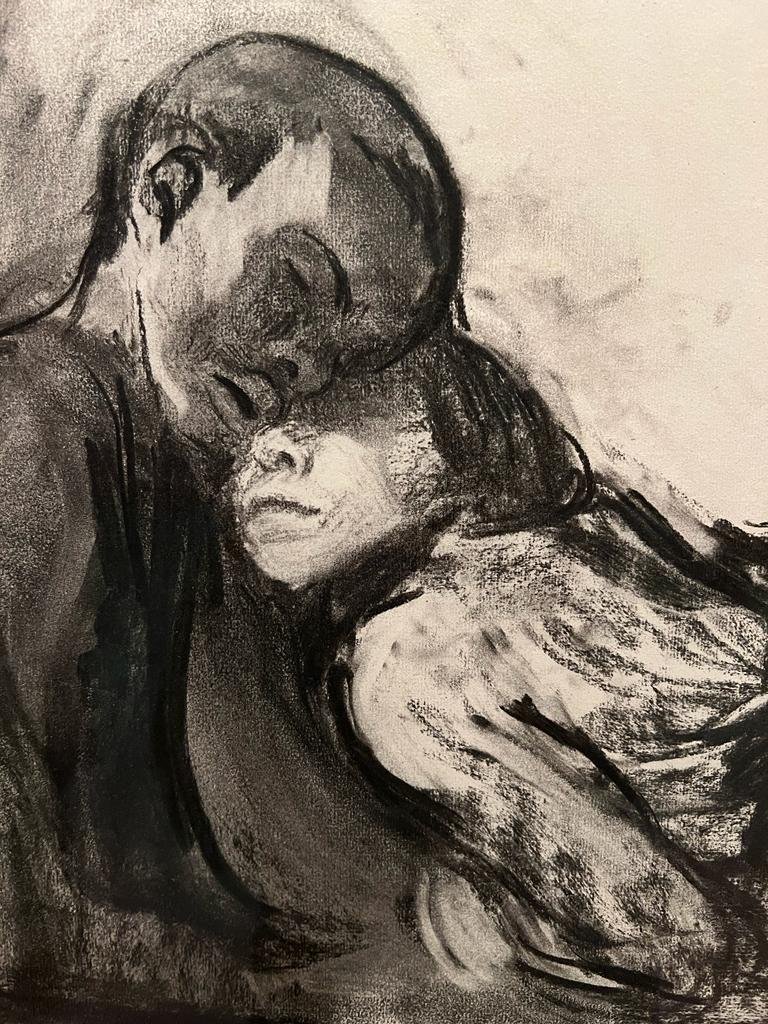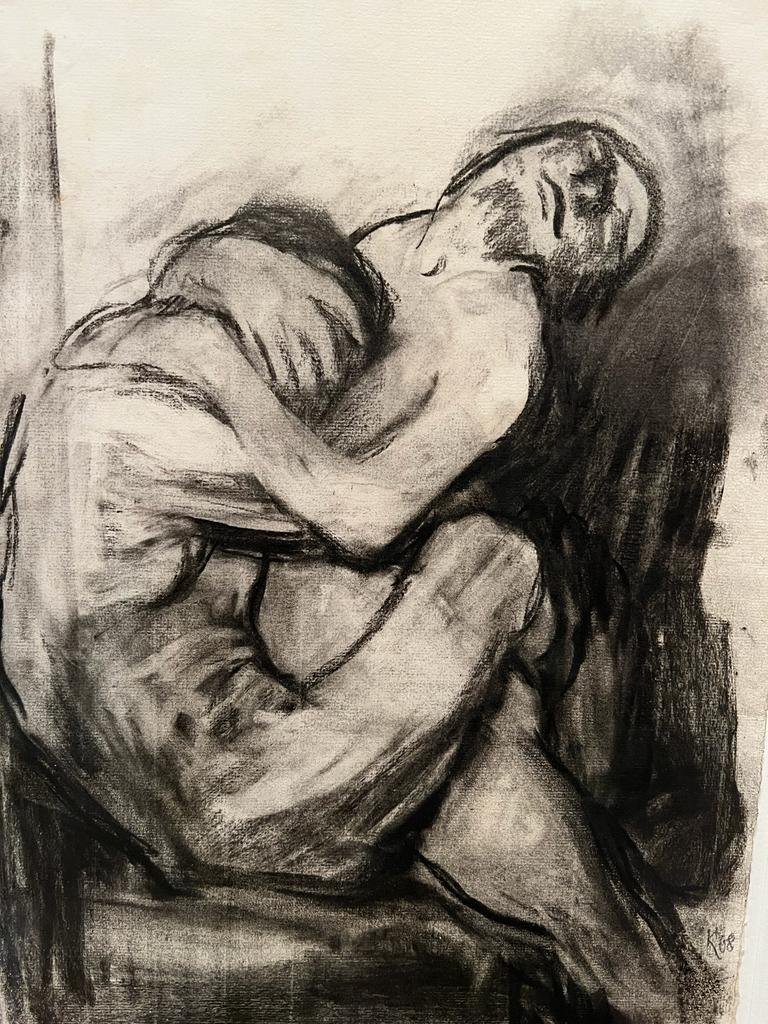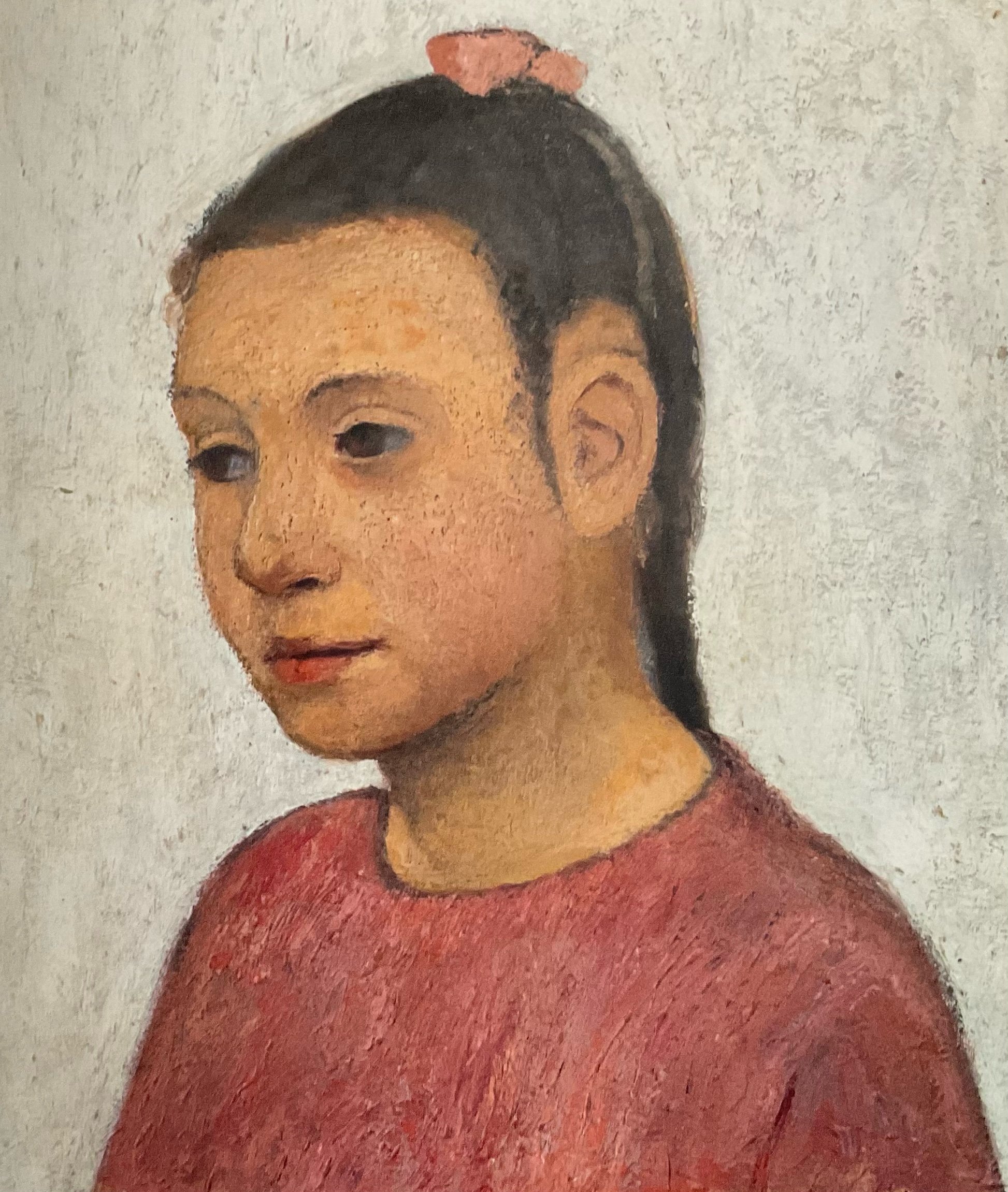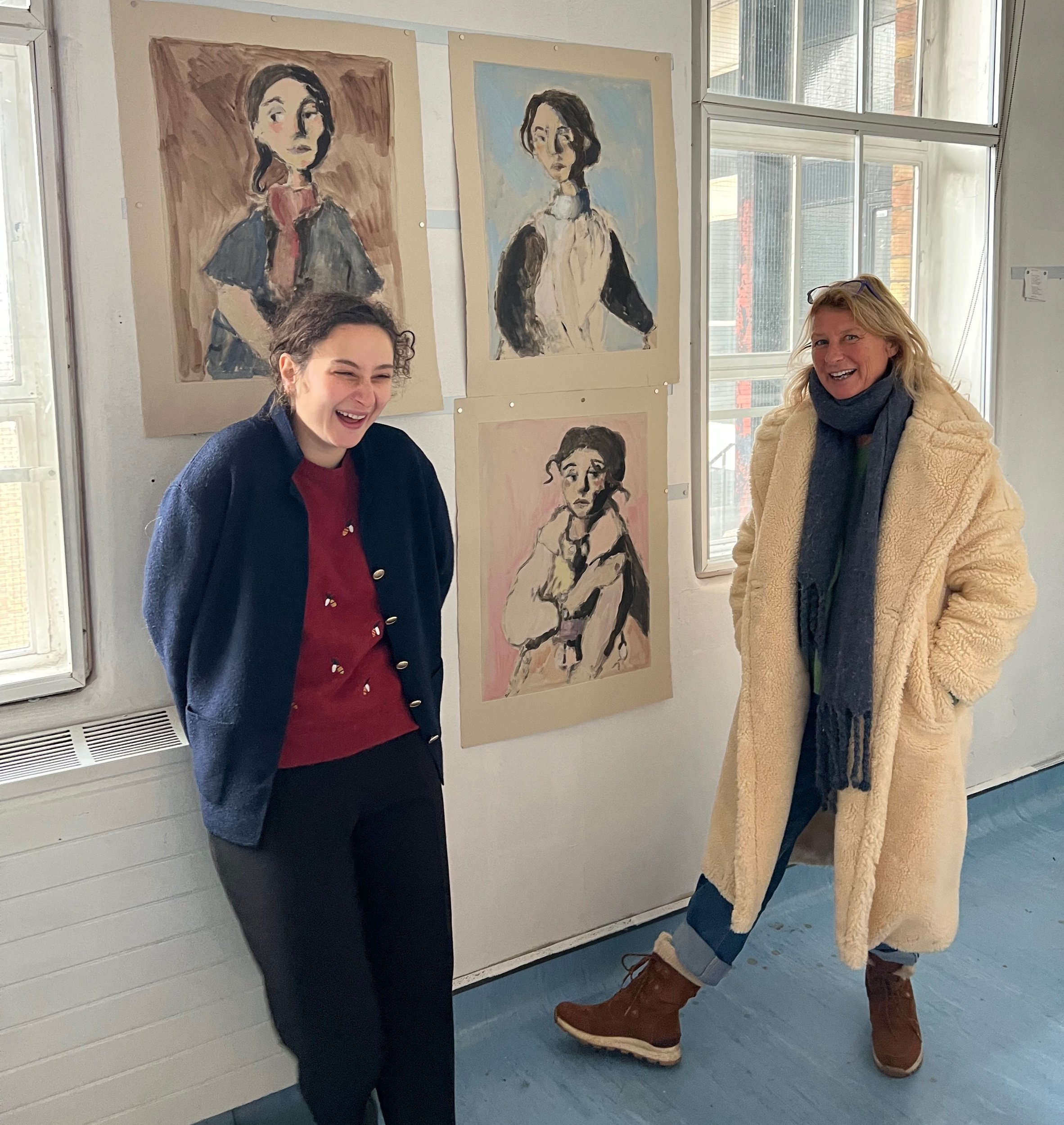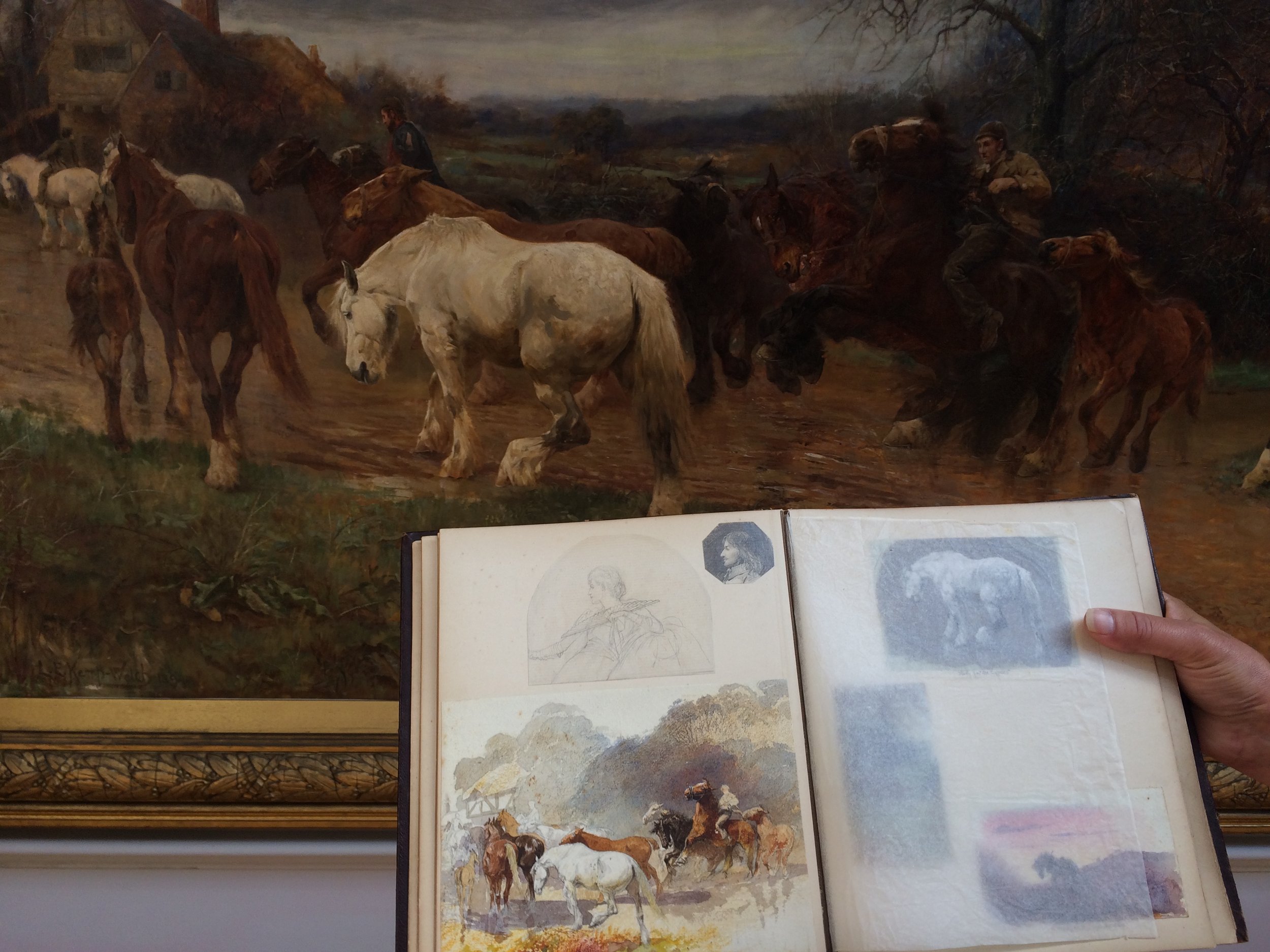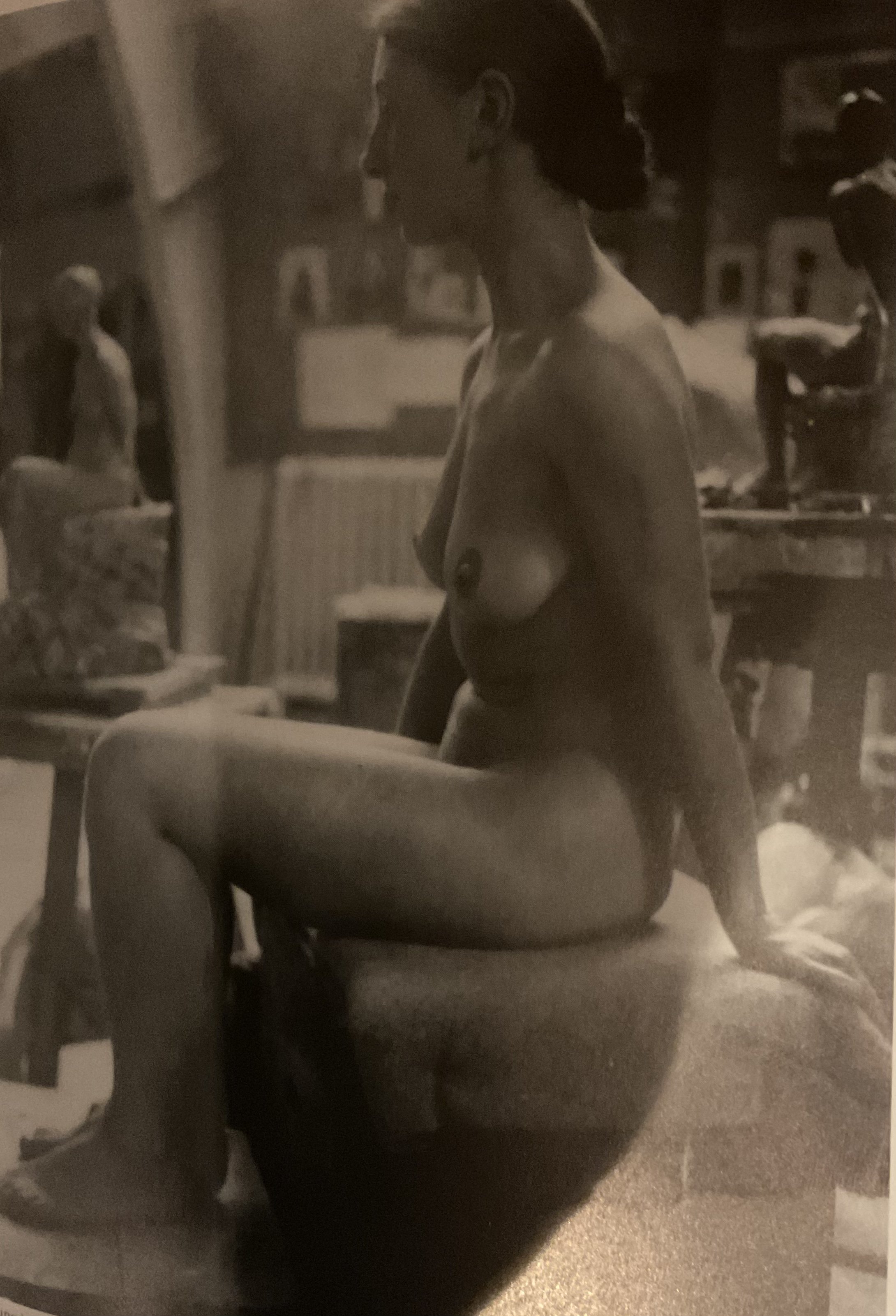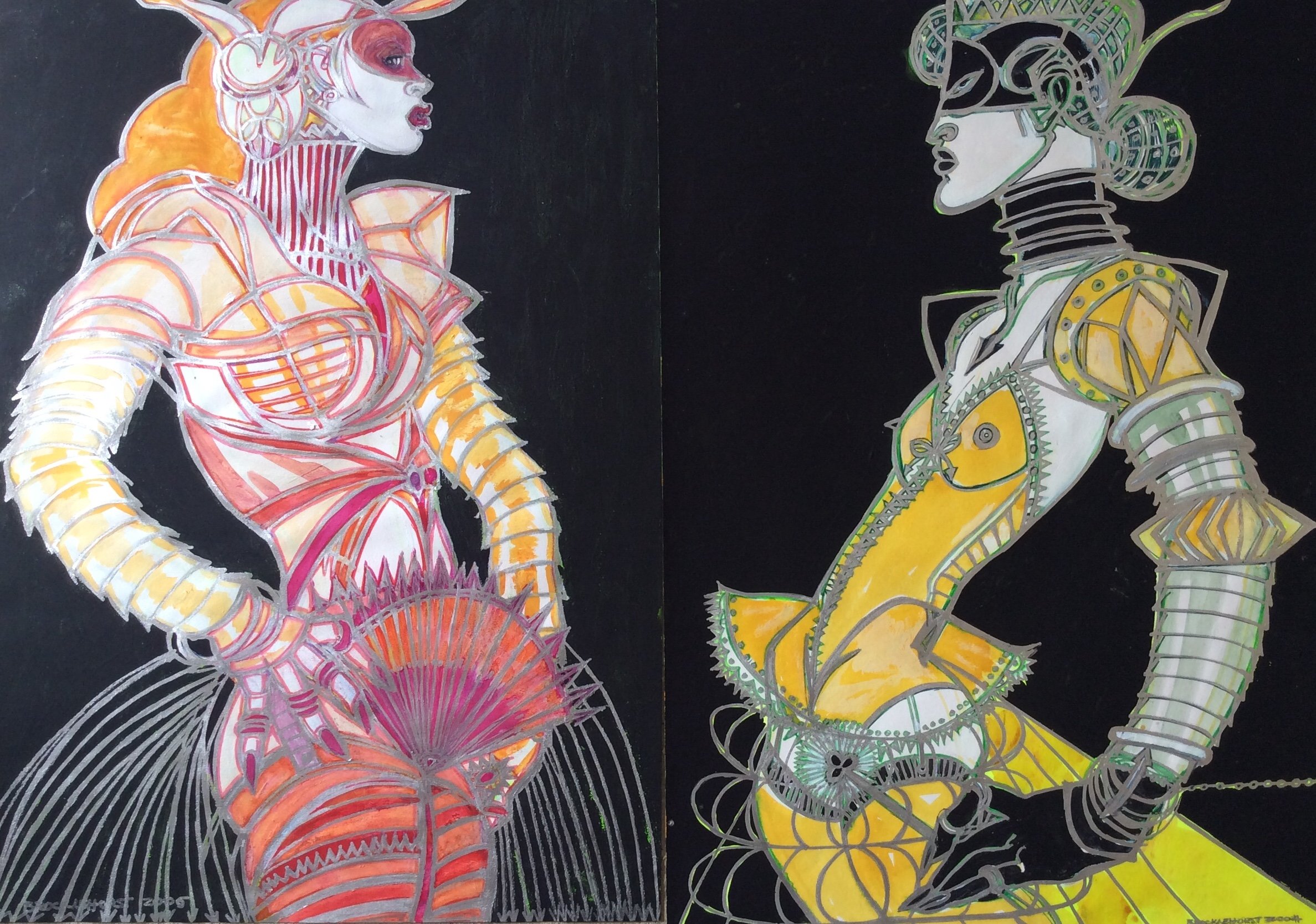Sometimes, when a new artwork comes into the gallery I feel drawn to indulge my passion and conduct a little research based on the known history of the piece. This happened yesterday when a lovely couple travelled down from the midlands to deliver a Lucy Kemp Welch watercolour to us here in Hertfordshire and told us what they knew about the work.
New work ‘Mare & Foal in the orchard ‘ Circa 1904/5
The painting is shown above and is a delightful watercolour which has clearly been well loved and kept out of direct sunlight as it remains in perfectly original, untouched condition. We know that it was in the personal collection of the sellers late mother and that the family had lived in St Albans before dispersing across the country. My ears pricked up at this point and I explained that, over the years, we had acquired many of Lucy’s works form collections in the Hertfordhire, Beds and Bucks area, due to Lucy living in Bushey for most of her life. After a little more discussion and a glance at the original London gallery label still affixed to the back of the painting I decided to do some more research.
I decided to remove the painting from the frame as it will require a new mount due to the fact that the original acidic mount will need replacing with a conservation grade one to prevent any long term damage to the artwork. Often there is a title to be found on the back of an artwork or even another sketch but not on this occasion, just the framers measurements and scribbled on the back of the mount board. So, I decided to do a little research on the label for A Vokins & sons of Holborn London who were a well known and highly regarded art dealership and framers and after a little digging this put a date of circa 1915 into the equation. This is consistent with the image and the back of the frame which retains its original wooden backboard. It also fits into a sad period in Lucy’s life when she painted a series of works all depicting this grey mare and foal. For those who are interested here are the details of how she came to paint these works which all date roughly to a 3 year period between 1904 and 1907.
The story begins a couple of years earlier when two new American students came to Herkomer’s School of Art in Bushey , they had been at the Art Students League in New York and were as keen on socialising in London as doing much else, often arriving back in Bushey still wearing the evening attire from the previous night. One of these young men was called Frank Richmond Kimborough , known as Kim, and he became a close friend of Lucy and they would often be seen out together riding and in London at the R.A. Events . Kim also introduced Lucy Kemp Welch to a young Australian called Arthur Potts who would sit for Lucy as a model and became a great friend to the artist and was affectionately known as Traddles.
Kim and Lucy had grown increasingly close but on Christmas Eve 1902 Kim died of pneumonia. She wrote about the days in her diary and the last entry for 1902 simply ends with ‘ Goodbye , My friend’.
Over the next year Lucy seems to have confided in Traddles and although he was about 10 years her junior she seems to have developed a deep maternal love for him as she painted him as a model in a number of her Royal Academy works. She also painted a portrait of Traddles which was a rare thing for her to do and shows a degree of fondness for him. Sadly, in 1904 he became so seriously ill with pneumonia he was admitted to Bushey Heath hospital where she visited him sometimes three times a day. She devoted herself to his care and looked after him in the way she had not been able to do for Kim. She would not leave Bushey and the orchard at her home became the only place she painted and the subject was a grey mare which she had borrowed from the local brewery Benskins in Watford. The paintings she produced at this time were some of her best and intimate images of mare and foal and include ‘In the Orchard’- Sunlight through the leaves and ‘What comes’, and it appears her emotions were being drawn to the mother - child bond and articulated in her artwork.
It was 12 months before she began to paint again following Traddles death and it was to the orchard and to the grey mare and foal theme that she returned. She painting ‘Song without words’- illustrated below - and ‘Morning of the year’ which had alternate titles of ‘Spring Idyll’ and ‘Morning of the year’ possibly seeing them as metaphors for rebirth . It seems she worked and reworked all of these mare and foal exhibition oils up until 1907 when she appears to come to terms with the death of her two friends .
We know that the theme of mare and foal was one that she started drawing in the New Forest in the mid 1890’s and indeed Lucy did return to the mare and foal theme from time to time after the war but they tend to be commission pieces that do not have the same intimacy.
These mare and foal images are, together with her working horse paintings, perhaps the most iconic pieces produced by Lucy Kemp Welch and when you understand the significance they had for her they do reflect another rather more emotional side to the artist. They represent a sad time in her life and the caring maternal love she felt for Traddles and perhaps a deeper and different sadness she felt for the loss of Kim just a few years earlier.
The work we acquired yesterday is a working watercolour which would have formed part of her progress through this theme which eventually resulted in the RA exhibition pieces. We do know that she used pencil drawings followed by watercolour and oil sketches to hone the composition and there are certainly elements of ‘Song without words’ and ‘Sunlight through leaves’ that allows us to accurately date this work to the years 1904/5.
We hope you enjoy these pieces as much as we do? This work is now off to the framers to be ‘set up’ in a new conservation mount and glazed with Art glass to protect it for years to come.
Mark & Mel
Blondes Fine Art - Hertfordshire Gallery

